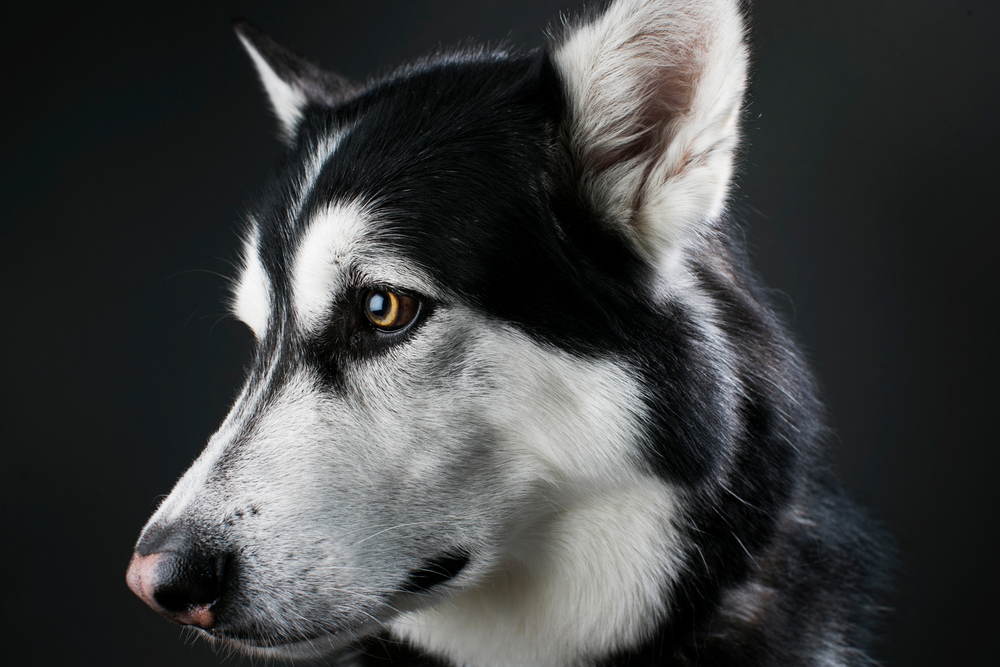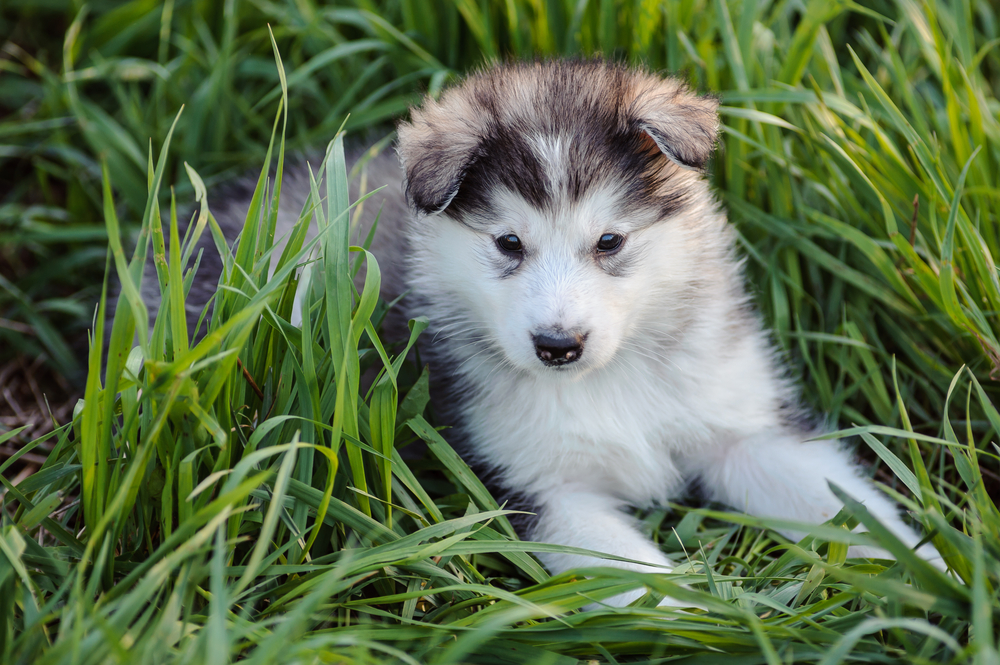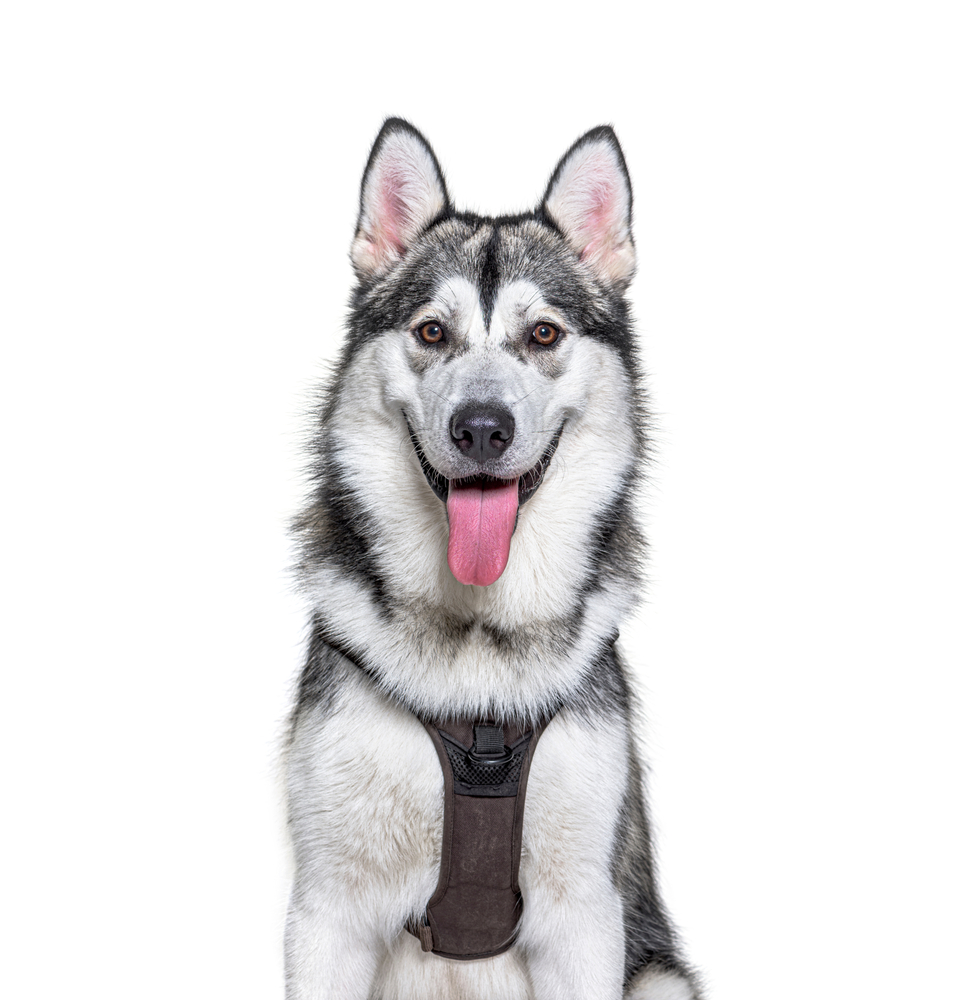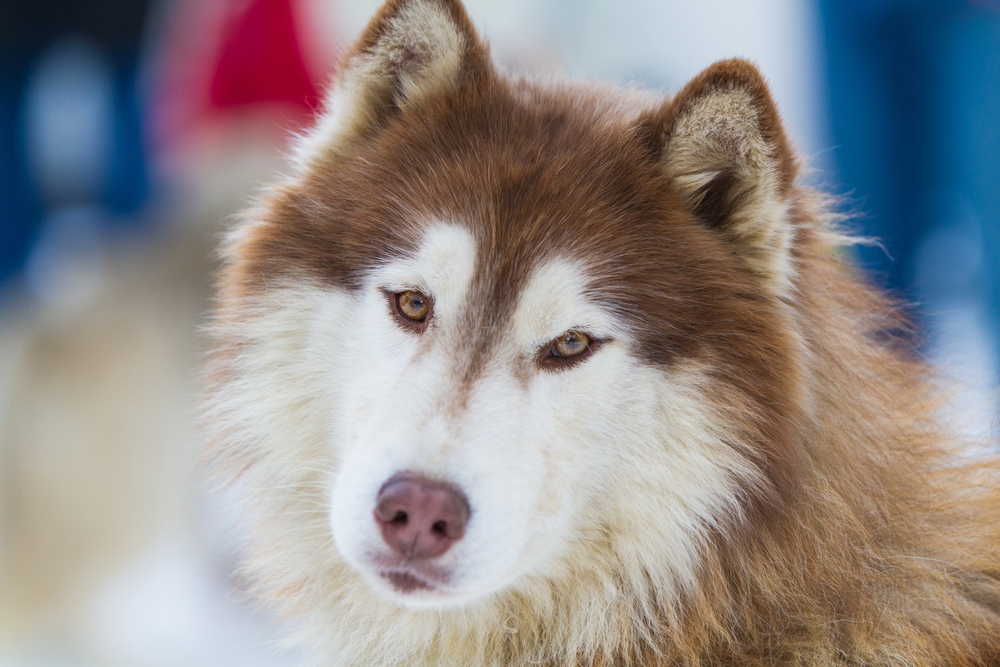The Origin of the Alaskan Malamute’s Name: Unveiling the Historical Heritage and Fascinating Origins
Welcome to our comprehensive exploration of the intriguing history and origin of the Alaskan Malamute’s name. In this article, we aim to shed light on the captivating story behind the naming of this magnificent breed and provide you with in-depth insights into its historical heritage. Embark on this journey with us as we delve into the past to understand how this majestic canine became known as the Alaskan Malamute.

The Alaskan Malamute: An Icon of Strength and Beauty
Before we venture into the origins of the name, let’s first appreciate the significance of the Alaskan Malamute in the world of dogs. The Alaskan Malamute is a large, powerful, and dignified breed that has captivated the hearts of dog enthusiasts around the globe. Originating from the Arctic regions, this remarkable working dog has been a loyal companion to the indigenous peoples of Alaska for centuries.


Unraveling the Name: A Journey through Time
Inuit Roots: The Mahlemuts
The name “Alaskan Malamute” finds its roots in the Inuit culture and the language of the indigenous Mahlemut people. These resilient individuals inhabited the vast and unforgiving landscapes of Alaska, where survival depended on the strength and loyalty of their canine companions.
The Naming Ceremony
In the early days of the Mahlemuts, the arrival of a new puppy marked a significant event. A special naming ceremony was held to bestow a name upon the young pup, signifying its integration into the family and the community. These names often carried meanings related to virtues like strength, wisdom, and bravery.
The Influence of Settlers
As the world began to explore and settle in Alaska, outsiders encountered these majestic dogs and were captivated by their beauty and prowess. The settlers interacted with the Mahlemuts and their dogs, gradually learning about their way of life and the unique bond they shared with their canine companions.
From “Mahlemut” to “Malamute”
As the Alaskan Malamute’s fame spread beyond the borders of Alaska, people struggled with the pronunciation and spelling of “Mahlemut.” Over time, the name evolved, and “Malamute” became the more commonly used term to refer to this remarkable breed.
The Alaskan Malamute's Historical Heritage
Sled Dogs of the Arctic
The Alaskan Malamute’s roots as a sled dog can be traced back to its integral role in the lives of the Mahlemut people. These dogs served as reliable and hardworking companions, assisting with transportation and hunting, and even providing warmth during harsh winters.
Contributions to Exploration
The Alaskan Malamute’s exceptional endurance and strength made them valuable assets in various historical expeditions. From the Gold Rush era to explorations of the Arctic regions, these dogs played a vital role in facilitating travel and ensuring the survival of many brave adventurers.
From Utility to Companionship
With modern advancements in transportation and technology, the need for sled dogs diminished. However, the Alaskan Malamute’s gentle and affectionate nature ensured that they found their place in homes as beloved family pets and loyal companions.

The Alaskan Malamute's Popularity Today
A Favorite Among Dog Enthusiasts
Today, the Alaskan Malamute continues to win hearts worldwide, with its striking appearance, intelligence, and loyalty. These dogs thrive in loving families that appreciate their need for physical activity, mental stimulation, and affection.
Versatility in Various Fields
Beyond being exceptional family pets, Alaskan Malamutes also excel in various dog sports and activities. Their strength and agility make them well-suited for activities like weight pulling, obedience, and agility competitions.
The Origin of the Alaskan Malamute’s Name
The journey through the history and origin of the Alaskan Malamute’s name has been an enlightening one. From its Inuit roots to its significance in exploration and its enduring popularity today, the Alaskan Malamute stands as a testament to the bond between humans and their canine companions.
